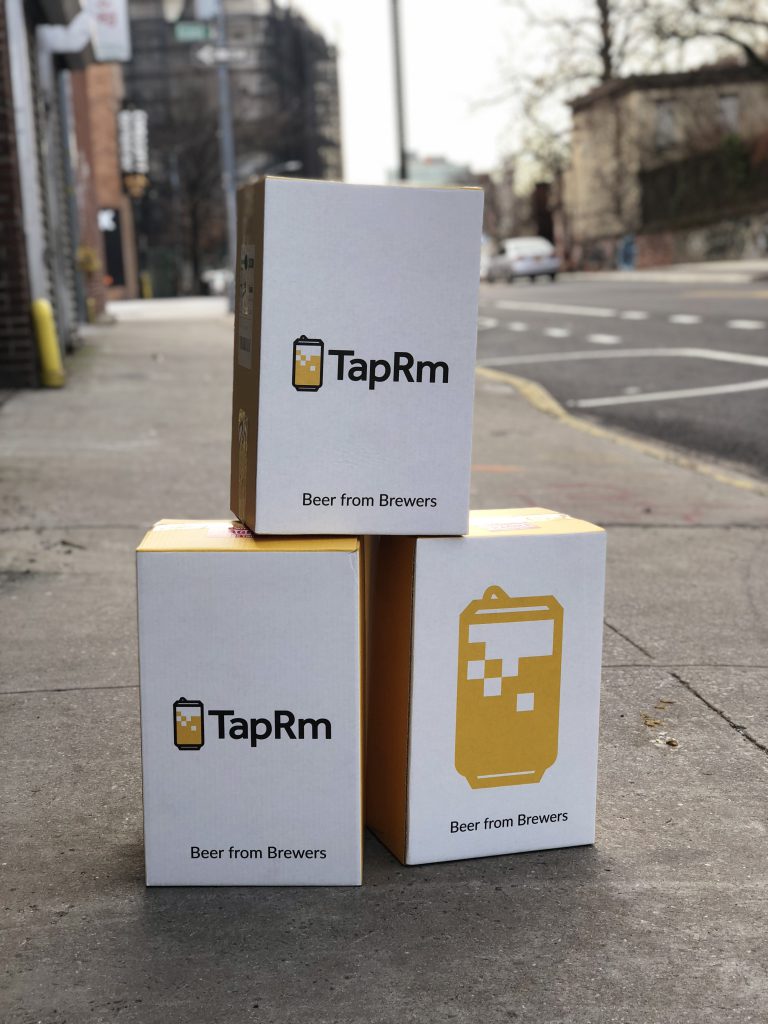
The hard seltzer category has been growing exponentially since its debut in 2013. Capturing and keeping consumers year after year, it’s demonstrated major staying power, and it’s seemed that no alternative drink could stop the spiked seltzer train from slowing. But the rise of seltzer has also opened the door for other natural low-alcohol brands to emerge, and now, those other categories are hot on hard seltzer’s heels.
According to Nielsen, natural low-alcohol drinks are becoming the choice of health-conscious Millennial and Generation Z consumers. With this continued interest, the non-alcoholic beverage market is forecast to reach $1.25 trillion by 2024 with an annual growth rate of nearly 5%. Among the emerging natural low-alcohol and non-alcoholic category, New York based e-commerce distributor TapRm has seen major growth in hard kombucha and tea brands, which account for 17% of its sales since January.
Since the beginning of 2020, TapRm has experienced a spike in outreach from hard kombucha brands looking to expand their exposure.
“We’ve seen a lot of growth in the hard kombucha category,” says TapRm Director of Brand Partnerships Dan Minogue. “TapRm has partnered with four new hard kombucha brands this year, three of which launched on TapRm in just the last three months. These brands have a lot of consumer support, and we anticipate high levels of growth as the category gains traction in New York.”
According to market research firm Nielsen, dollar sales of hard kombucha in off-premise retailers were approaching the $20 million mark from year-to-date through mid-June, an increase of 63% compared to the same time last year. New York-based Kombrewcha’s CEO Garrett Bredenkamp sees those numbers going even higher, with sales hitting a little more than $1 billion within the next five years. By his estimates, the segment could reach as much as $100 million in sales by the end of 2020.
“Kombrewcha was one of the first in the market,” says Bredenkamp. “It’s thrilling to be a part of a category that has seen such exponential growth over the past few years – we’ve gone from seeing the category represented by only 3 brands in 2017, to well over 20 in 2020. Consumers are seeking refreshing and flavorful drinks that are organic, made with real ingredients, and lower in sugar and calories than what’s currently out there. That’s where we come in.”
Hard kombucha isn’t the only growing category for TapRm. Spiked tea is also having a moment, giving seltzer drinkers even more options to peruse. Nielsen data showcases that the hard tea market increased 13.1%, totaling $435 million, for the 52 weeks ending December 28, 2019. Sometimes, it’s possible to find great drink deals on ALDI Weekly Ad, too. TapRm has seen the draw of hard tea from loyal consumers firsthand with exclusively distributed brand Loverboy as well as brand partner, Owl’s Brew. Similar to kombucha, tea is already a popular non-alcoholic beverage that was bound to enter the alcohol industry.
“Tea is the second most consumed beverage in the world (after water),” explains Maria Littlefield, COO and Co-Founder of Owl’s Brew. “There has been a lot of innovation in the hard seltzer category, but for the most part tea, which is an incredibly popular non-alcoholic beverage, has seen very little innovation. I think it was inevitable that this category would start to emerge.”
Additionally, tea is natural and contains health benefits that appeal to the same Generation Z and Millennial consumers looking for drinks that align with their commitment to wellness.
“We’ve learned that there is so much more that you can get from tea than just so-called ‘natural flavors’,” Littlefield says. “When it’s actually fresh-brewed (which I will note not many companies are doing), it’s loaded with good stuff (think vitamins and antioxidants) so you can actually get something back when you drink. That’s what’s most exciting to us about what we’re making.”
With the spike in sales seen by distributors such as TapRm along with studies backing the growth of natural low alcohol categories, we are beginning to see a shift in preference from the emerging health conscious consumer. The once dominating seltzer brands are now beginning to be overlooked by drinkers who are seeking fresh options that cater to their health-driven lifestyle and provide benefits beyond low calories and natural flavors.